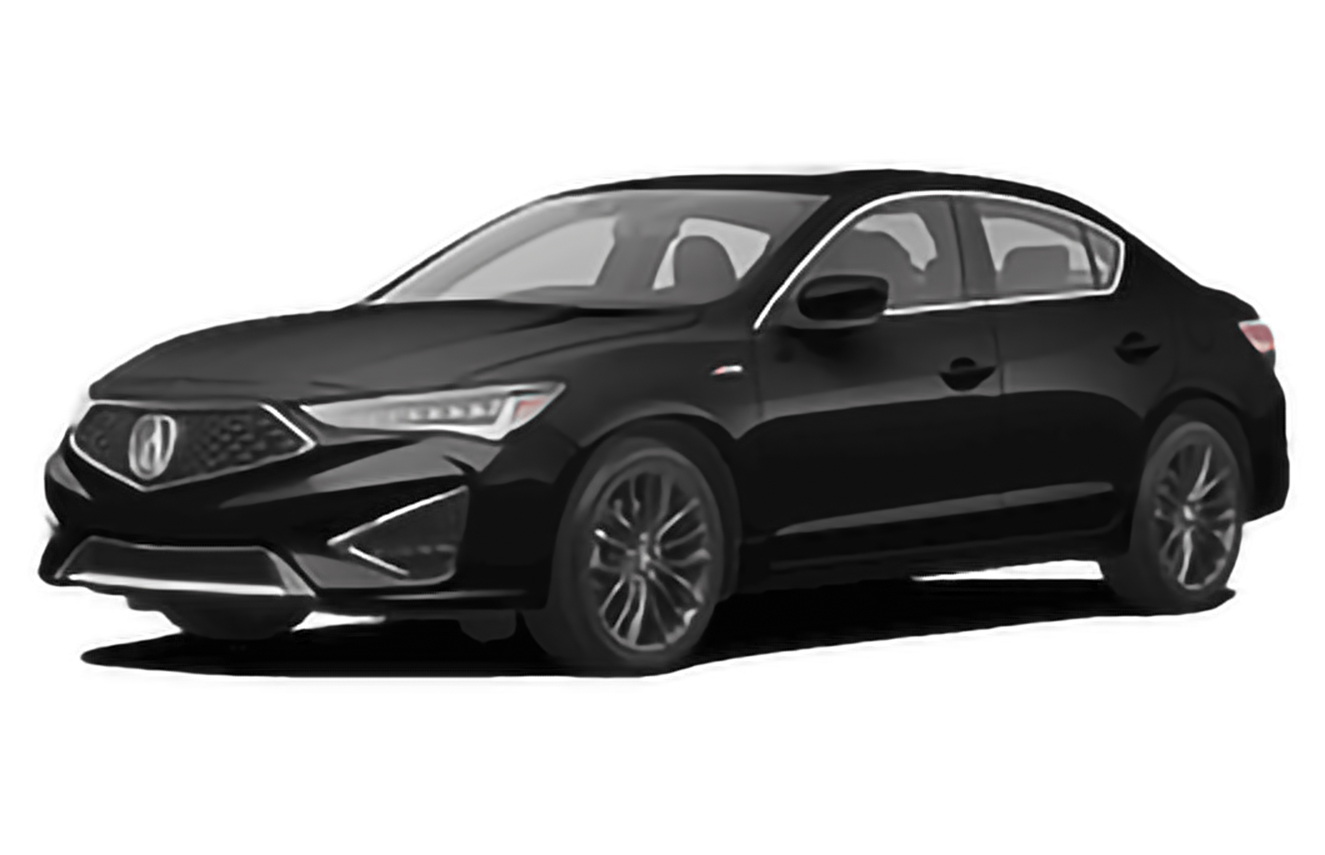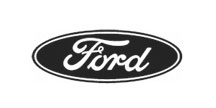Before Buying Out That Leased Car
Time and again, it should be reiterated that research is an inseparable task from anything about owning a car, be that by purchasing or leasing.
Of course the primary thing to do in following the procedure is to check on the purchase option price of your leased car by reading the fine printed matter on your contract. This has been preset by your leasing company and usually comprises the residual value of your car with a purchase-option fee ranging from $300 to $500.
Your monthly payments are calculated by the difference between the car’s sticker price and its estimated value at the end of the lease, plus a monthly financing fee. The sum of which is what is termed as residual value.
Generally, this is the depreciation or loss in value of the car as you use it for the whole leasing period. Let’s take as an example, if you have $50,000 as the car’s brand-new price or what we call the sticker price and you have a 50% residual percentage, you will have an estimated $25,000 value at lease end.
After you derived knowledge of the buy-out price for your car, you need to know then how much is the actual value or what you call as market value of your car. To have this information, you go back to doing research for the price. To do this, you would have to resort to some sites like Edmonds.com and Cars. com to check on the price of the car with the same mileage and condition as your car.
This will enable you to come up with the actual retail value of your car. Then you would have to compare the residual value and the actual retail value of the car. If the residual value is lower than the actual retail value, then you can opt to buy out the car and sell it again. Though to be realistic about it, for most cars the buy-out price is higher than the actual retail price. In that case you would have to apply good negotiating skills, put forward a price that is below your actual target, and negotiate for the best deal that you can have.
Source: https://www.car-leasing-help.com



